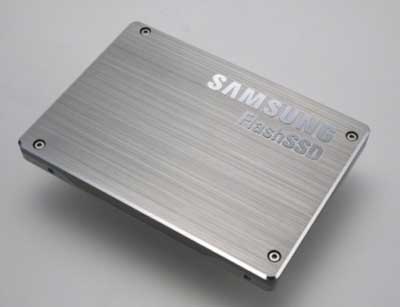
The trade-off, of course, is cost. Byte for byte, a SSD is about five times more expensive than a normal hard drive.
Actually, the design of SSDs is filled with trade-offs - so much so that they can be expected to change radically in coming years, Jim McGregor, analyst at InStat in Scottsdale, Ariz., explained to TechNewsDaily. Currently, their innards are composed of basically the same flash memory found in USB memory sticks, which are formed around non-volatile RAM, meaning the data does not evaporate when the power goes off.
The big difference from memory sticks is that SSDs use so-called "wear-level algorithms so that the same memory cells are not used over and over. This prevents them from wearing out.
"In a flash card or USB drive you don't worry about that since you're not using it all the time, but with a hard drive it's different because the contents change every time you write something," McGregor noted. Using the algorithms, the SSDs should last several times the average five-year life-span of a PC, he added.
The price factor and the fact that hard drive technology keeps offering better and better performance means that SSDs will not predominate any time soon.
In the meantime, they will be attractive for servers, where their combination of speed and low power consumption is attractive, and for off-road warriors, who need to take their computers into situations where enhanced durability is worth the price



Reader Comments
to our Newsletter